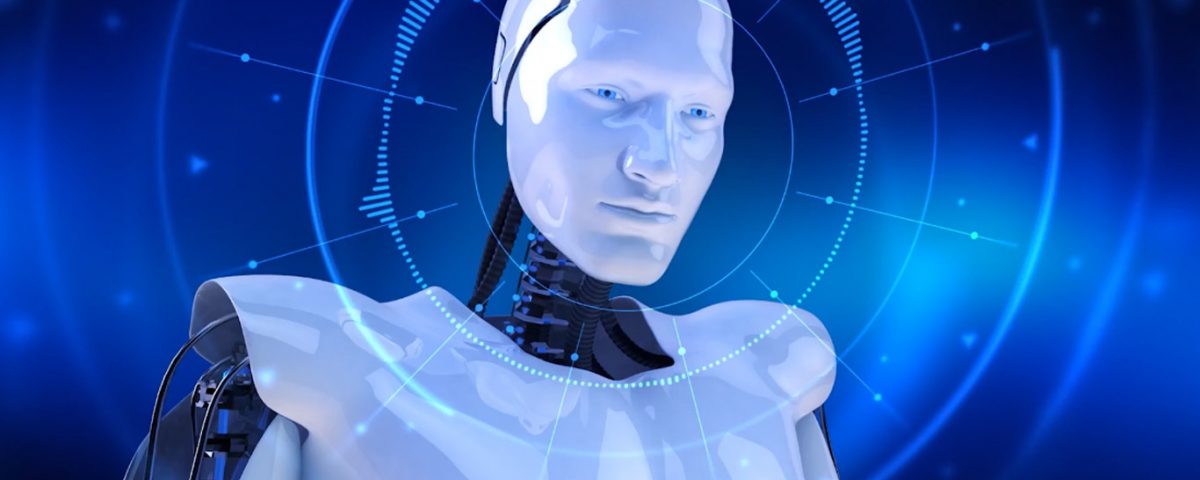 Artificial Intelligence, or AI, is making huge strides today, around the world and in Singapore.
Artificial Intelligence, or AI, is making huge strides today, around the world and in Singapore.
The rapid developments in AI have engendered high expectations of the benefits it can deliver for business and for society at large. Yet there are concerns about AI replacing human input and thus displacing jobs.
In 2017, Elon Musk, the CEO of Tesla, sparked a debate when he said that AI poses a “fundamental risk to the existence of civilisation,” and called for regulators to be proactive rather than reactive to developments in AI.
On the other hand, others like Oren Etzioni, CEO of the Allen Institute for Artificial Intelligence, warned Americans that if they took steps to slow down progress on AI, other countries like China would overtake them.
In this publication, we examine the opportunities, risks and implications of AI use, particularly in the context of the accounting and finance industry, and how we can equip ourselves to deal with such future scenarios.
What exactly is AI?
AI is a rather broad term that has been bandied about in the media. At some level, data analytics and AI have considerable overlaps. One of the goals of data analytics is to interrogate data to obtain insights in order to make predictions, as in predictive analytics. Machine learning can be seen as an evolution of predictive analytics, albeit with vastly more advanced state of the art techniques and knowledge such as the use of neural networks.
Most of the AI application we hear of today is machine learning, where predictions are made by a computer system based on its exposure to data. In other words, the computer system automatically spots patterns from data sets; then, depending on the choice of algorithm, it will present a possible interpretation for a decision to be made. An algorithm is a set of rules used for the analysis.













